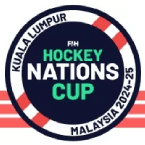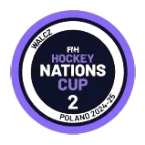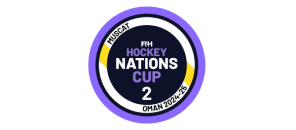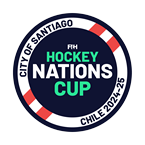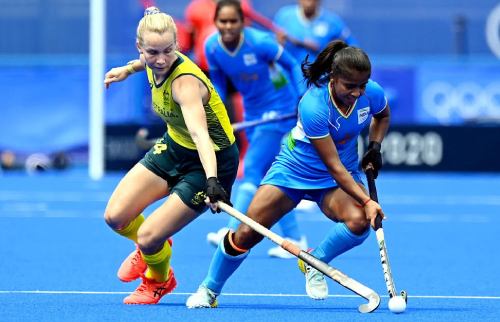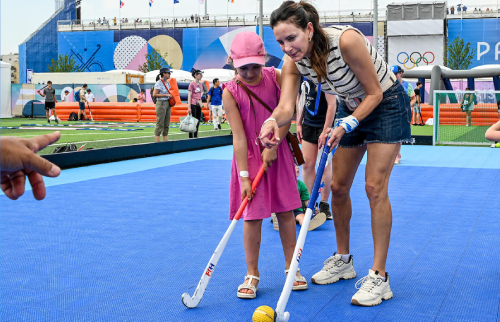
All hockey activities have been hit hard in recent months as the Covid-19 pandemic caused clubs to close and stopped teams meeting for training and matches.
The break in play extended to the athletes and coaches involved in ParaHockey ID, with the growing momentum for the sport suffering a temporary halt.
However, as the FIH State of the Game 2020 Biannual Survey demonstrated, 'temporary' is the operative word here because there is little doubt that ParaHockey ID is on the rise among national associations.
When compared with other formats of the game, including indoor, Hockey5s and Masters, ParaHockey ID shows the biggest increase in participating nations over the past two years, rising from 9% to 22% in that time.
As Norman Hughes, FIH Hockey (ID) Project Lead, explains, the minute government’s allowed it, the national and local groups were back on the pitch and the enthusiasm and growth of ParaHockey ID has continued, albeit sporadically.
“The Portuguese, the Italians, the Belgians, for instance, have all been on the pitch as soon as local regulations allowed,” says Hughes. “The problem is that our [ParaHockey] athletes thrive on routine. Each group will have lost a few members because some of the athletes, as is reflected across society, are reticent about coming back. Once things return to full operation, then there will be some regrouping.
“At the same time, some of the athletes are less inhibited and we have had to tell them to ease it down a little. The athletes like to hug and be close to each other, so we have to keep an eye on that. But the enthusiasm is there and that is brilliant.”
Since the growth and development of ParaHockey ID was spoken about at FIH Congress just last month, Hughes says four more nations have been in contact, asking for support documents to launch their own ParaHockey ID programmes. Zambia, Uganda, Cameroon and Brazil are all contemplating introducing the format, a development that delights Hughes.
“They all asked for a chat and some training. That was just because they heard during the FIH Congress presentations that ParaHockey existed. Zambia is especially exciting because they are looking to develop a total of 10 centres in 2 phases.”
Hughes is working to link national associations that have strong traditions in ParaHockey ID with new entrants to the sport. Currently, he is working to link France with Cameroon as the two nations share a common language.
With the Special Olympics just two years away, Hughes is keen to ensure that as many national associations have the opportunity to participate as possible. His message to national associations ParaHockey ID groups is to ensure they liaise as a matter of priority with their own national Special Olympics organisations to ensure athletes are able to participate in Berlin in 2023.
If there is no ParaHockey ID specialism within the Special Olympics committee, then Hughes suggests that the national association offers to work with the Special Olympics committee.
“It is quite a challenge at the moment,” he says. “To make sure the national hockey associations link closely with their Special Olympics committee to ensure the best experiences and opportunities for the athletes.”
And for the long-term future, Hughes has set the sights high.
“When I heard about the Hockey5s World Cup, I said ‘fabulous news’; the only gap in the portfolio now is aParaHockey ID World Cup. We need a FIH ParaHockey ID World Cup where every continental federation is challenged to put up three representatives, because then it is truly global and truly inclusive.”
